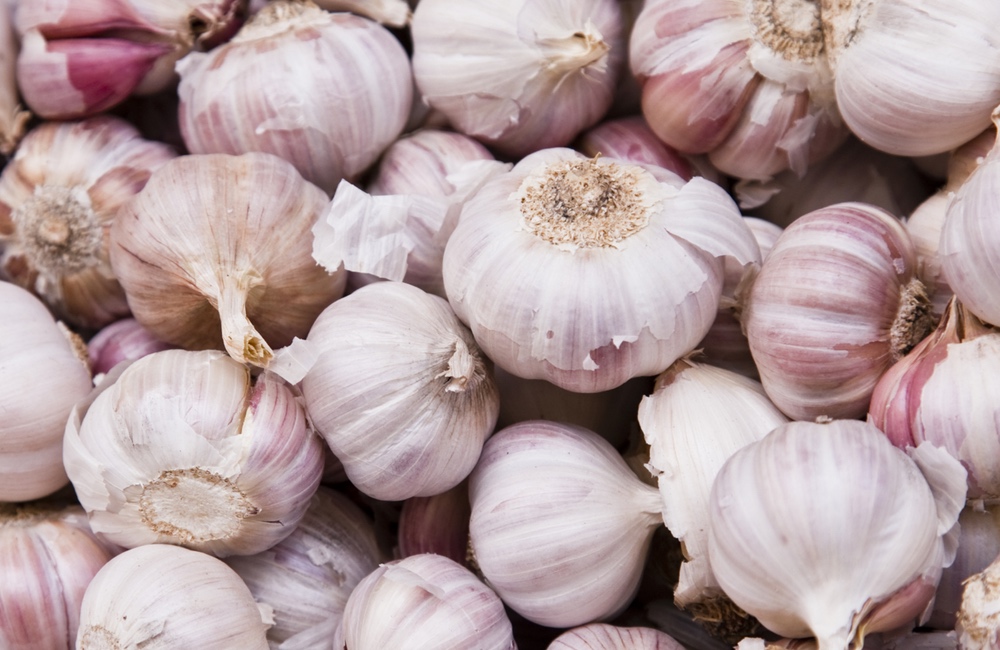Garlic has been used to treat an assortment of medical conditions for centuries. Hippocrates, the Greek physician, is supposed to have prescribed it. A new study suggests that a garlic supplement could reverse the buildup of plaque in the arteries, preventing the progression of heart disease.
Researchers measured the amount of calcium deposits and plaque accumulation in the arteries of patients between the ages of 40 and 75 years with metabolic syndrome. One group was given a 2,400 milligram dose of aged garlic extract every day; another received a placebo.After a year, those who had been given the garlic supplement had an 80 percent reduction in the accumulation of soft plaque.
After a year, those who had been given the garlic supplement had an 80 percent reduction in the accumulation of a type of plaque called soft plaque, the type of plaque that is more likely to cause a heart attack. Rich in cholesterol, it can burst through the inner lining of a blood vessel in the heart and form a blood clot. If large enough, the clot can block blood flow to the heart and cause a heart attack.
Four studies on the supplement have led to the conclusion that aged garlic extract can not only slow the advancement of atherosclerosis, it can also reverse the early stages of heart disease, according to Matthew J. Budoff, lead researcher of the study.
More research is needed to determine if the garlic supplement can stabilize soft plaque and decrease the number of adverse cardiovascular events. In the meantime, it can’t hurt to use garlic liberally when cooking.
Always inform your doctor of any dietary supplements you are taking. Garlic supplements appear to be safe for most adults; however, they can cause some unpleasant side effects, and may interact with prescription medications or other supplements you take. Garlic thins the blood much like aspirin does, so it can heighten the risk of bleeding during surgery or after.
The study is published in the Journal of Nutrition.





